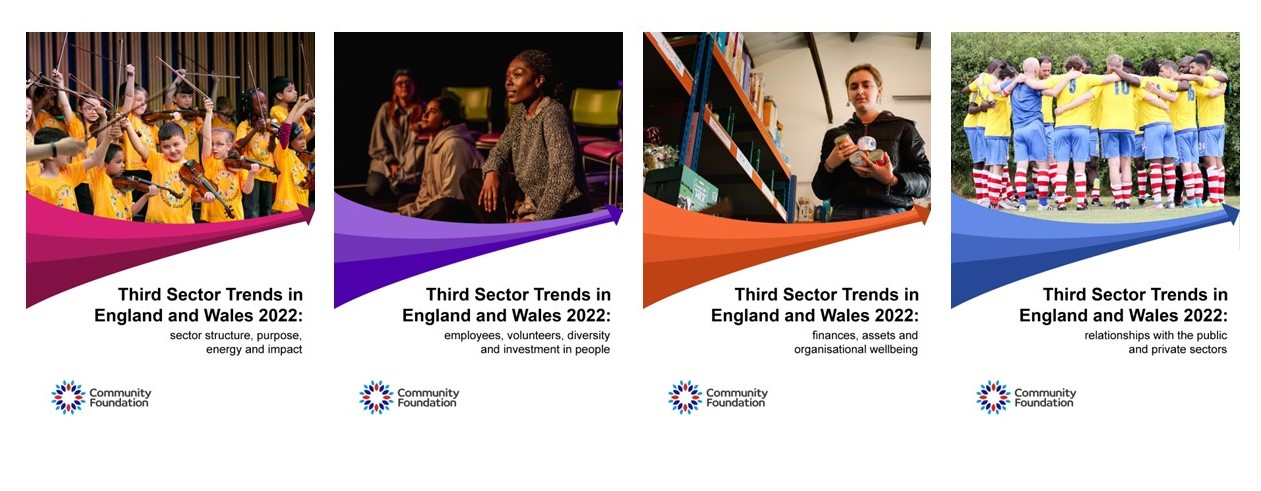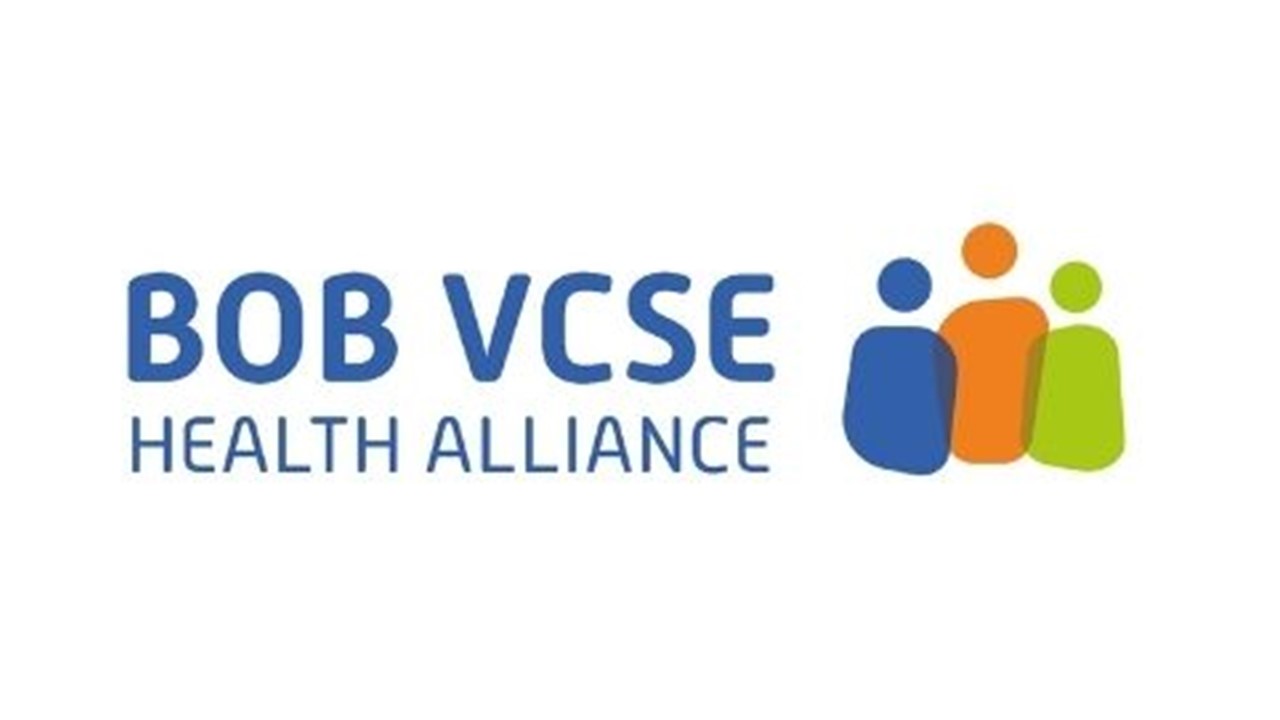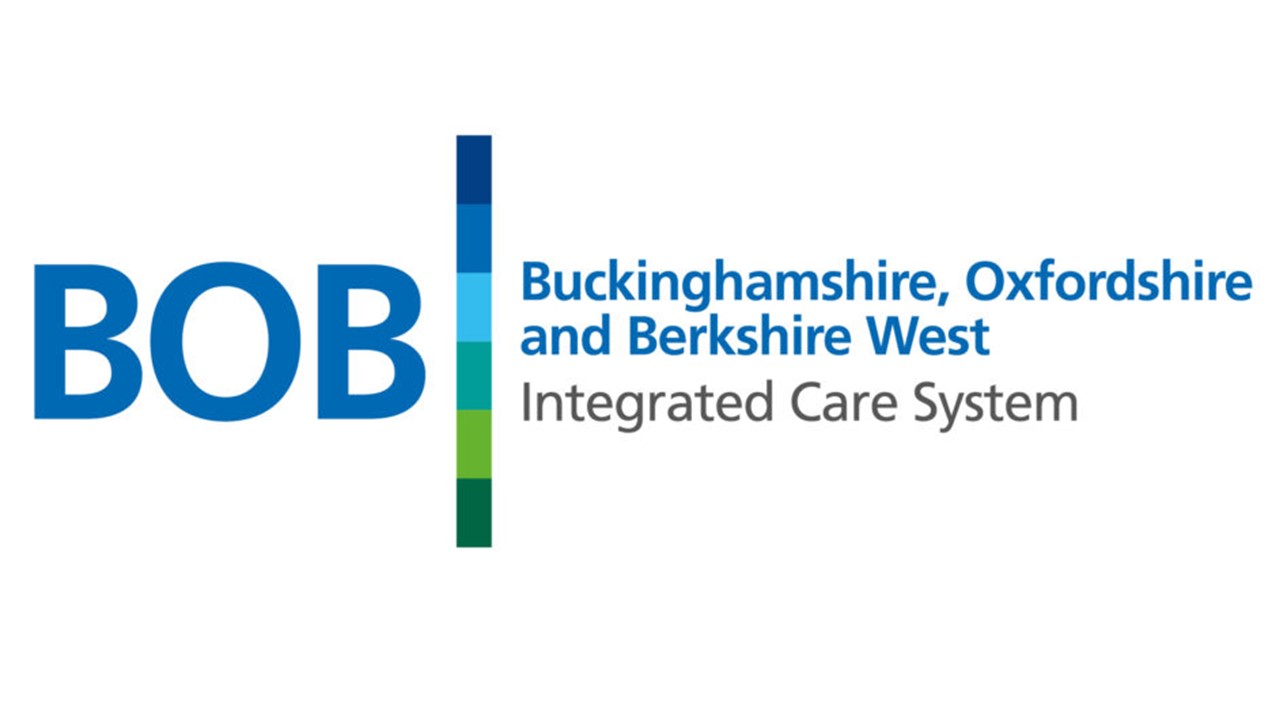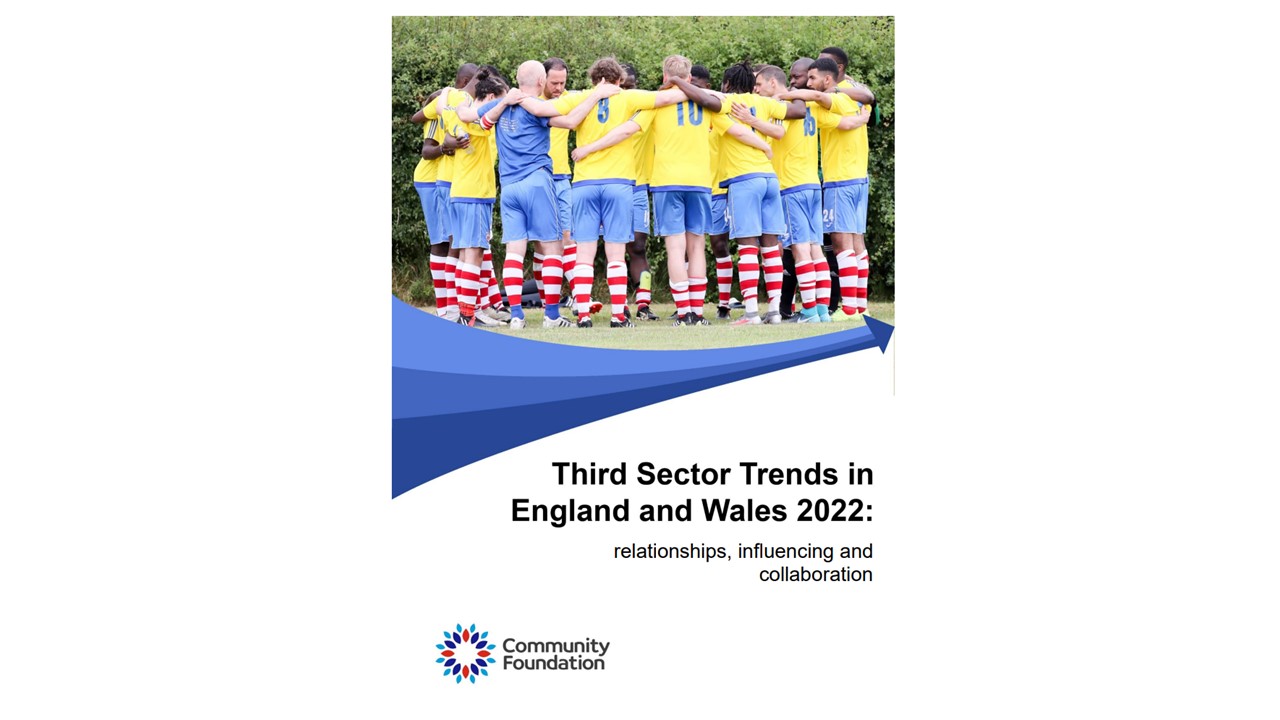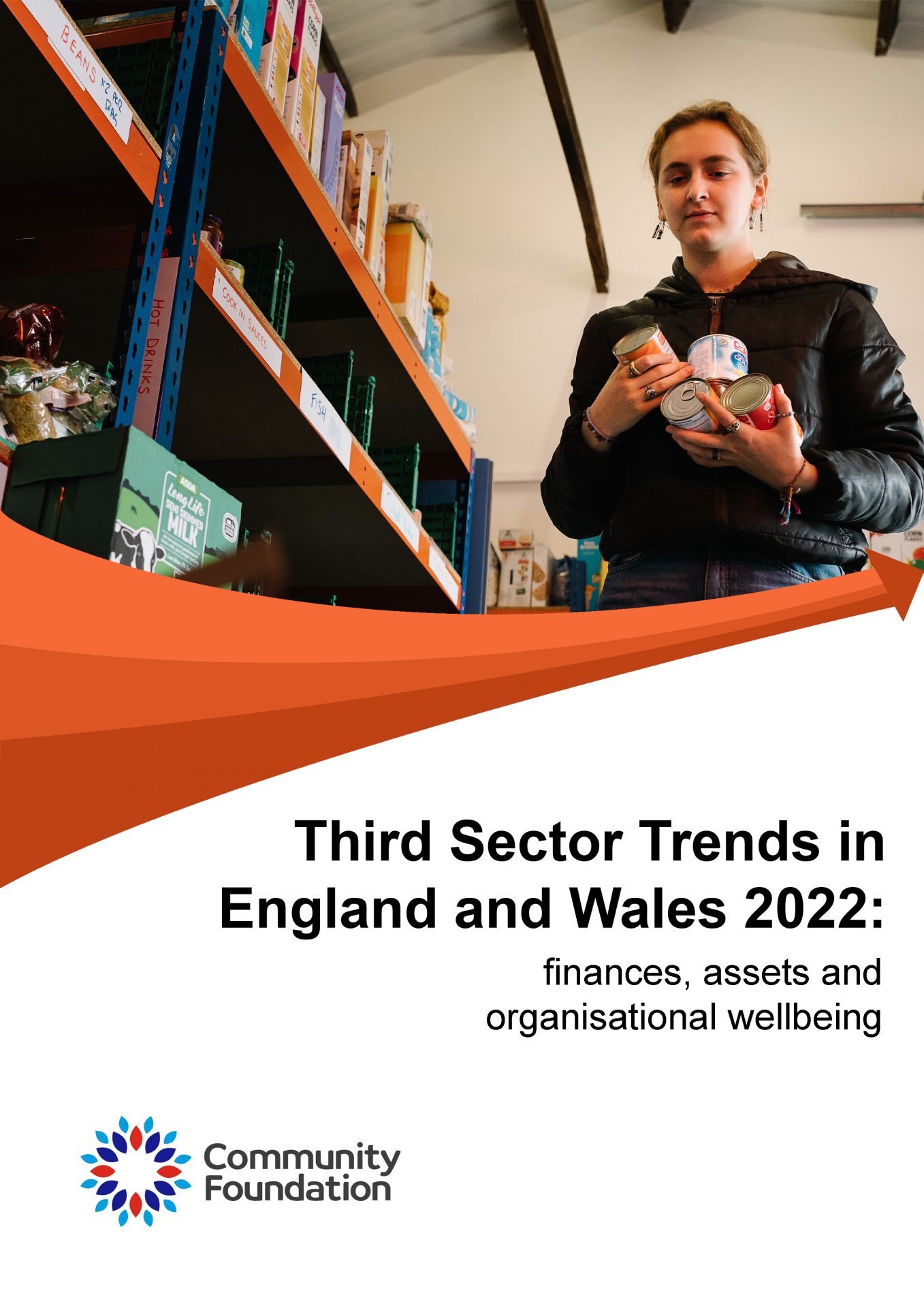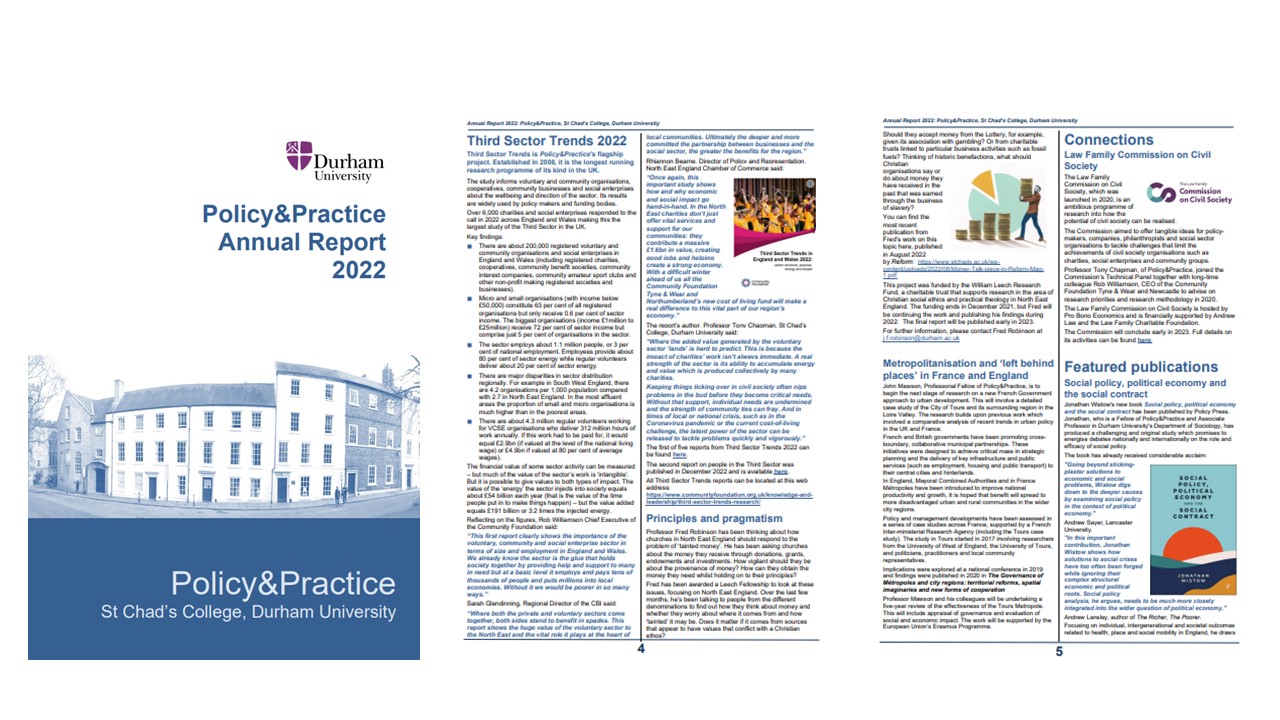West Yorkshire Partnership celebrates role of charities and the work of 14,000 organisations across the area
West Yorkshire Health and Care Partnership are celebrating the role of the Voluntary, Community and Social Enterprise sector (VCSE) ahead of the NHS 75th birthday on the 5 July 2023. This magnificent milestone is being celebrated by launching a new VCSE Yorkshire and Humber report, produced by Professor Tony Chapman and Dr Jonathan Wistow at Durham University, which demonstrates the tremendous work of the sector as well as the challenges faced.
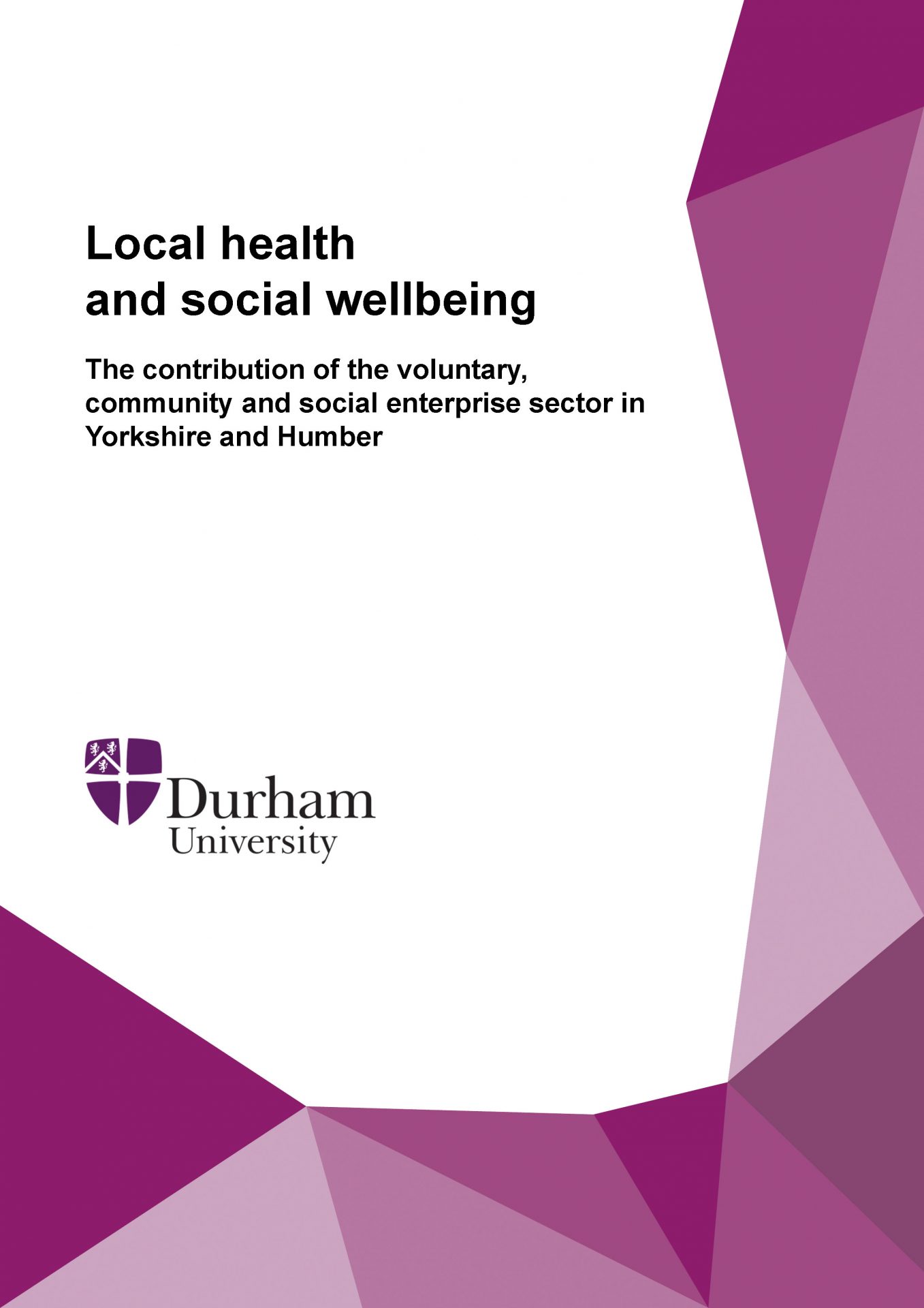
The report highlights that the VCSE remain a valued NHS partner in the delivery of health and care services across the United Kingdom.
In West Yorkshire there are an estimated:
- 13,930 VCSE sector organisations (registered and unregistered)
- 31,767 full time equivalent employees delivering 52.4 million working hours a year
- 132,214 volunteers giving at least 9.5 million hours of work valued at between £94 million and £132 million a year
- An economic value of £1.4 billon and estimated value of £5.18 billion when considering added and social value.
Local VCSE organisations, continue to provide a lifeline to people and communities at a grassroots level. Approximately a third of VCSE organisations deliver support in local neighbourhoods or villages with 70% working across their local authority area. 30% of VCSE groups and organisations work in the poorest areas of West Yorkshire – reaching people who may not be accessing other health and care services. They are connected and trusted yet remain financially challenged.
In 1948, when the NHS was established, charities received funding from hospital savings schemes and local authority grants etc. Hospitals were the focus for local charitable effort, run by leaders in local society and doctors’ wives.
Today, many continue to be self-financing through trading, fundraising, or receiving funding from local councils, national grants and/or NHS contracts.
In April, West Yorkshire Health Care Partnership allocated a further £2.8 million to support the vital work of voluntary, community and hospice care in West Yorkshire, on top of local funding routes.
Kim Shutler, Senior Responsible Officer for West Yorkshire Health Care Partnership’s Harnessing the Power of Communities Programme said: ‘This research highlights the great strength of the work of VCSE organisations in Yorkshire and Humber. The VCSE delivers huge impact and this comes from the diversity of our vibrant sector as well as the strength of partnership working. It is a challenging time for the sector but there is much to be proud of across our Partnership and we are working hard collectively to support the sustainability of the VCSE as well as ensuring that we continue to maximise the impact for our communities’.
Nigel Harrison, CEO for Yorkshire Sport Foundation said: ‘We welcome this report that demonstrates the vital contribution that voluntary and community organisations make to people’s health across Yorkshire. We know that leading an active lifestyle leads to better health in a wide range of ways. Our sports clubs, other voluntary organisations and groups of people who come together to create opportunities for local people are trusted in their communities and are often the starting point for an active life for huge numbers of people.’
Professor Tony Chapman and Dr Jonathan Wistow of Durham University said: ‘The support that big, specialised charities provide for the NHS and local authorities across West Yorkshire is invaluable. But this report also shows that many smaller VCSE charities and social enterprises contribute to local health and personal wellbeing by keeping people socially connected, mentally acute, physically active and provide a purposeful and positive focus for personal development.
The prevention of illness isn’t all about specifics. Most charities do this indirectly, by providing opportunities for local people to keep busy and engaged, whether that happens in village halls or local community centres. Collectively, the VCSE sector in West Yorkshire provided around £5 billion in social benefit in 2022’.
Rob Webster CBE, CEO Lead for West Yorkshire Health Care Partnership said: ‘This report shows the fundamental value of the VCSE. I am grateful to partners in the sector for all the hard work that they are doing to help tackle inequalities and support people during these difficult times. As we develop our medium-terms plans we will continue to work closely with the sector, at every level, on joining up care in communities as well as looking at how we create a sustainable sector in the context of the cost-of-living crisis. This report will helpfully inform all our work’.
You can read the full report or a summary on the WY HCP website at https://www.wypartnership.co.uk/vcseyh
The full report is also available here:


